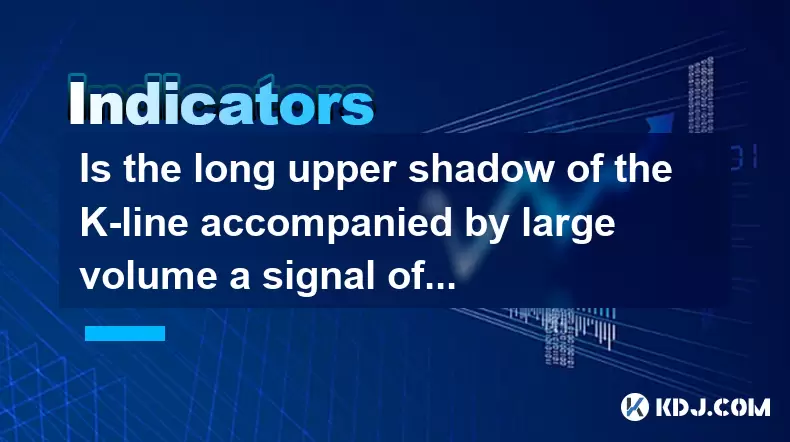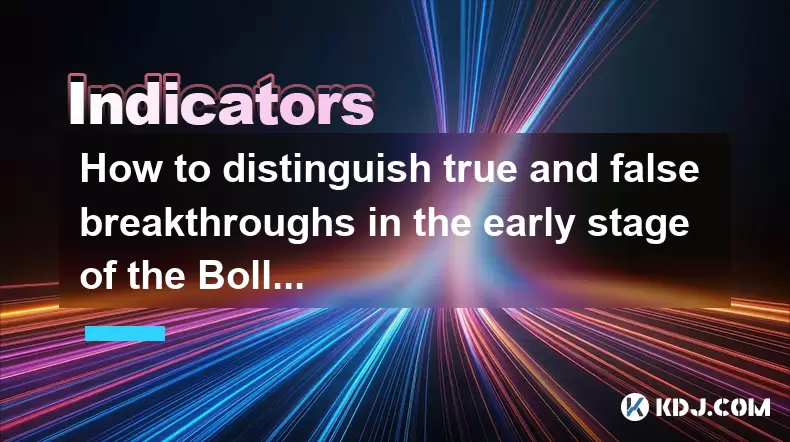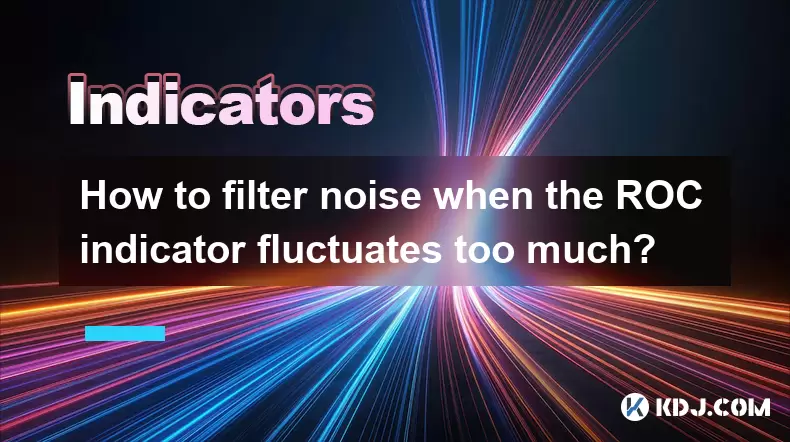-
 Bitcoin
Bitcoin $106,754.6083
1.33% -
 Ethereum
Ethereum $2,625.8249
3.80% -
 Tether USDt
Tether USDt $1.0001
-0.03% -
 XRP
XRP $2.1891
1.67% -
 BNB
BNB $654.5220
0.66% -
 Solana
Solana $156.9428
7.28% -
 USDC
USDC $0.9998
0.00% -
 Dogecoin
Dogecoin $0.1780
1.14% -
 TRON
TRON $0.2706
-0.16% -
 Cardano
Cardano $0.6470
2.77% -
 Hyperliquid
Hyperliquid $44.6467
10.24% -
 Sui
Sui $3.1128
3.86% -
 Bitcoin Cash
Bitcoin Cash $455.7646
3.00% -
 Chainlink
Chainlink $13.6858
4.08% -
 UNUS SED LEO
UNUS SED LEO $9.2682
0.21% -
 Avalanche
Avalanche $19.7433
3.79% -
 Stellar
Stellar $0.2616
1.64% -
 Toncoin
Toncoin $3.0222
2.19% -
 Shiba Inu
Shiba Inu $0.0...01220
1.49% -
 Hedera
Hedera $0.1580
2.75% -
 Litecoin
Litecoin $87.4964
2.29% -
 Polkadot
Polkadot $3.8958
3.05% -
 Ethena USDe
Ethena USDe $1.0000
-0.04% -
 Monero
Monero $317.2263
0.26% -
 Bitget Token
Bitget Token $4.5985
1.68% -
 Dai
Dai $0.9999
0.00% -
 Pepe
Pepe $0.0...01140
2.44% -
 Uniswap
Uniswap $7.6065
5.29% -
 Pi
Pi $0.6042
-2.00% -
 Aave
Aave $289.6343
6.02%
Is the golden cross of the ROC indicator below the zero axis effective?
The ROC indicator helps crypto traders gauge momentum, with a golden cross below zero signaling cautious optimism rather than a strong bullish reversal.
Jun 20, 2025 at 09:42 pm

Understanding the ROC Indicator and Its Role in Cryptocurrency Trading
The Rate of Change (ROC) indicator is a momentum oscillator widely used by traders to assess the speed at which cryptocurrency prices are changing. It measures the percentage difference between the current price and the price from a certain number of periods ago. The ROC helps identify overbought or oversold conditions, potential trend reversals, and can also be used to confirm ongoing trends.
In cryptocurrency trading, where volatility is high and price swings are frequent, the ROC indicator becomes particularly valuable. Traders often use it alongside other technical tools to increase the accuracy of their trading signals.
What Is a Golden Cross in the Context of the ROC Indicator?
A golden cross typically refers to a bullish signal formed when a short-term moving average crosses above a long-term moving average. However, within the context of the ROC indicator, the term "golden cross" may refer to a situation where the ROC line crosses above a specific threshold or signal line, especially after being in negative territory.
Some traders interpret a golden cross on the ROC as a sign that upward momentum is increasing. This interpretation is not standard across all platforms, so it’s essential to clarify what exactly constitutes a golden cross in your specific charting software or strategy.
Does a Golden Cross Below the Zero Axis Hold Significance?
When the ROC indicator is below the zero axis, it indicates that the current price is lower than it was 'n' periods ago — signaling bearish momentum. If a golden cross occurs under these conditions, many traders question its validity as a bullish reversal signal.
- A golden cross below the zero axis could suggest that although momentum is improving, the overall trend remains bearish.
- In such cases, the golden cross might represent a temporary bounce rather than a full reversal.
- Some traders wait for the ROC to rise above the zero line before considering any buy signal valid.
Therefore, while the golden cross might appear promising, its effectiveness below the zero axis should be evaluated with caution and ideally confirmed with additional indicators or candlestick patterns.
How to Interpret the ROC Indicator in Conjunction With Other Tools
To enhance the reliability of a golden cross observed on the ROC indicator, consider combining it with other technical analysis tools:
- Moving Averages: Confirm whether the price is above or below key moving averages like the 50-day or 200-day SMA.
- Volume Analysis: Increasing volume during a golden cross could reinforce the strength of the signal.
- RSI or MACD: These can help validate whether the asset is emerging from oversold conditions or if momentum is truly shifting.
- Price Patterns: Look for bullish candlestick formations or support level breaks that coincide with the golden cross.
By using multiple filters, you reduce the likelihood of false signals and improve your decision-making process in volatile crypto markets.
Practical Steps to Analyze a Golden Cross on the ROC Indicator
If you're evaluating a golden cross on the ROC indicator, follow these steps to ensure thorough analysis:
- Step 1: Identify the exact point where the ROC line crosses above a significant reference line (e.g., signal line or zero axis).
- Step 2: Check the position of the ROC line relative to the zero axis — is it still in negative territory?
- Step 3: Examine the price action around the time of the cross. Is there a corresponding bullish pattern or breakout?
- Step 4: Review other indicators like MACD or RSI to see if they align with a potential bullish shift.
- Step 5: Assess volume levels during the cross — higher volume may indicate stronger conviction among traders.
These steps help you contextualize the golden cross and determine whether it's a meaningful signal or just a temporary fluctuation.
Common Misinterpretations and Pitfalls
Many traders misinterpret the golden cross on the ROC indicator due to a lack of understanding about how momentum works. Here are some common mistakes:
- Assuming that any golden cross is a buy signal without checking the broader trend.
- Failing to consider the position of the ROC relative to the zero axis.
- Ignoring divergence between the ROC indicator and actual price movement.
- Not waiting for confirmation from other tools before entering a trade.
Avoiding these pitfalls requires discipline and a clear understanding of how momentum indicators behave in different market conditions.
Frequently Asked Questions
Q: Can the ROC indicator alone be used to make trading decisions?
A: While the ROC indicator provides valuable insights into momentum, it’s best used in conjunction with other tools such as moving averages, volume, and price patterns to avoid misleading signals.
Q: What does it mean when the ROC line crosses the zero line from below?
A: When the ROC line crosses above the zero line, it suggests that the price is now higher than it was 'n' periods ago, indicating positive momentum and potentially signaling a shift in trend.
Q: How reliable is the golden cross on the ROC compared to moving average crossovers?
A: The golden cross on the ROC is less commonly referenced than traditional moving average crossovers and may offer fewer reliable signals unless combined with other confirming factors.
Q: Should I ignore a golden cross if it forms deep below the zero axis?
A: It’s generally safer to treat such a signal with skepticism. A golden cross forming far below the zero line may reflect weak momentum and may not lead to a strong reversal without further confirmation.
Disclaimer:info@kdj.com
The information provided is not trading advice. kdj.com does not assume any responsibility for any investments made based on the information provided in this article. Cryptocurrencies are highly volatile and it is highly recommended that you invest with caution after thorough research!
If you believe that the content used on this website infringes your copyright, please contact us immediately (info@kdj.com) and we will delete it promptly.
- Cardano, Dogecoin, and the Altcoin Shift: What's Next?
- 2025-06-20 22:45:12
- Gold Coin, Rare, Horses: A Numismatic Roundup
- 2025-06-20 22:45:13
- Dogecoin, Shiba Inu, and the Meme Coin Mania: What's Next?
- 2025-06-20 22:25:12
- GateToken (GT) Price Prediction: Navigating 2025-2030 with a New Yorker's Sass
- 2025-06-20 23:05:13
- Pepe, Price Prediction, and Elon Musk: A NYC Take on the Frog Coin Frenzy
- 2025-06-20 23:05:13
- Polkadot's DOT: Navigating the Triple Bottom and Bullish Reversals
- 2025-06-20 23:25:12
Related knowledge

Does the sudden contraction of ATR indicate the end of the trend?
Jun 20,2025 at 11:14pm
Understanding ATR and Its Role in Technical AnalysisThe Average True Range (ATR) is a technical indicator used to measure market volatility. Developed by J. Welles Wilder, ATR calculates the average range of price movement over a specified period, typically 14 periods. It does not indicate direction—only volatility. Traders use ATR to gauge how much an ...

Is the trend continuation when the Williams indicator is oversold but there is no rebound?
Jun 20,2025 at 11:42pm
Understanding the Williams %R IndicatorThe Williams %R indicator, also known as the Williams Percent Range, is a momentum oscillator used in technical analysis to identify overbought and oversold levels in price movements. It typically ranges from 0 to -100, where values above -20 are considered overbought and values below -80 are considered oversold. T...

Is the golden cross of the ROC indicator below the zero axis effective?
Jun 20,2025 at 09:42pm
Understanding the ROC Indicator and Its Role in Cryptocurrency TradingThe Rate of Change (ROC) indicator is a momentum oscillator widely used by traders to assess the speed at which cryptocurrency prices are changing. It measures the percentage difference between the current price and the price from a certain number of periods ago. The ROC helps identif...

Is the long upper shadow of the K-line accompanied by large volume a signal of peaking?
Jun 21,2025 at 12:28am
Understanding the Long Upper Shadow K-LineThe long upper shadow of a K-line is a common candlestick pattern that often appears during price action analysis. It consists of a small real body with a long upper wick, indicating that the price rose significantly during the period but was ultimately rejected and closed lower than its high. This pattern can s...

How to distinguish true and false breakthroughs in the early stage of the Bollinger Band opening?
Jun 20,2025 at 10:35pm
Understanding the Bollinger Band StructureBollinger Bands consist of three lines: a simple moving average (SMA) in the middle, and two outer bands that are standard deviations away from the SMA. These bands expand and contract based on market volatility. When the bands begin to widen, it often signals an increase in price volatility, which traders inter...

How to filter noise when the ROC indicator fluctuates too much?
Jun 20,2025 at 11:07pm
Understanding the ROC Indicator and Its SensitivityThe Rate of Change (ROC) indicator is a momentum oscillator that measures the percentage change in price between the current closing price and the closing price from a specified number of periods ago. When the ROC indicator fluctuates too much, it can create misleading signals, especially in volatile or...

Does the sudden contraction of ATR indicate the end of the trend?
Jun 20,2025 at 11:14pm
Understanding ATR and Its Role in Technical AnalysisThe Average True Range (ATR) is a technical indicator used to measure market volatility. Developed by J. Welles Wilder, ATR calculates the average range of price movement over a specified period, typically 14 periods. It does not indicate direction—only volatility. Traders use ATR to gauge how much an ...

Is the trend continuation when the Williams indicator is oversold but there is no rebound?
Jun 20,2025 at 11:42pm
Understanding the Williams %R IndicatorThe Williams %R indicator, also known as the Williams Percent Range, is a momentum oscillator used in technical analysis to identify overbought and oversold levels in price movements. It typically ranges from 0 to -100, where values above -20 are considered overbought and values below -80 are considered oversold. T...

Is the golden cross of the ROC indicator below the zero axis effective?
Jun 20,2025 at 09:42pm
Understanding the ROC Indicator and Its Role in Cryptocurrency TradingThe Rate of Change (ROC) indicator is a momentum oscillator widely used by traders to assess the speed at which cryptocurrency prices are changing. It measures the percentage difference between the current price and the price from a certain number of periods ago. The ROC helps identif...

Is the long upper shadow of the K-line accompanied by large volume a signal of peaking?
Jun 21,2025 at 12:28am
Understanding the Long Upper Shadow K-LineThe long upper shadow of a K-line is a common candlestick pattern that often appears during price action analysis. It consists of a small real body with a long upper wick, indicating that the price rose significantly during the period but was ultimately rejected and closed lower than its high. This pattern can s...

How to distinguish true and false breakthroughs in the early stage of the Bollinger Band opening?
Jun 20,2025 at 10:35pm
Understanding the Bollinger Band StructureBollinger Bands consist of three lines: a simple moving average (SMA) in the middle, and two outer bands that are standard deviations away from the SMA. These bands expand and contract based on market volatility. When the bands begin to widen, it often signals an increase in price volatility, which traders inter...

How to filter noise when the ROC indicator fluctuates too much?
Jun 20,2025 at 11:07pm
Understanding the ROC Indicator and Its SensitivityThe Rate of Change (ROC) indicator is a momentum oscillator that measures the percentage change in price between the current closing price and the closing price from a specified number of periods ago. When the ROC indicator fluctuates too much, it can create misleading signals, especially in volatile or...
See all articles

























































































